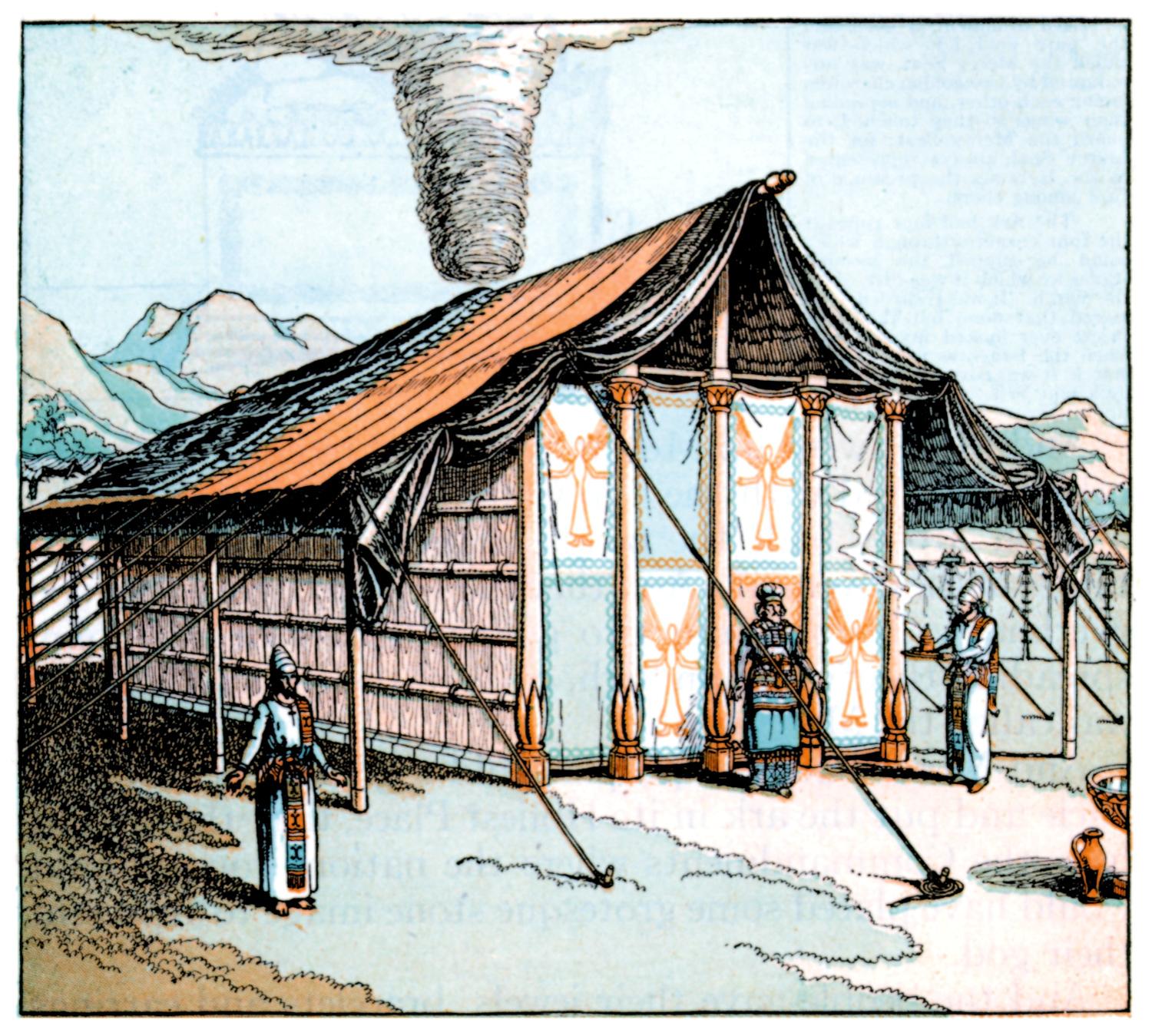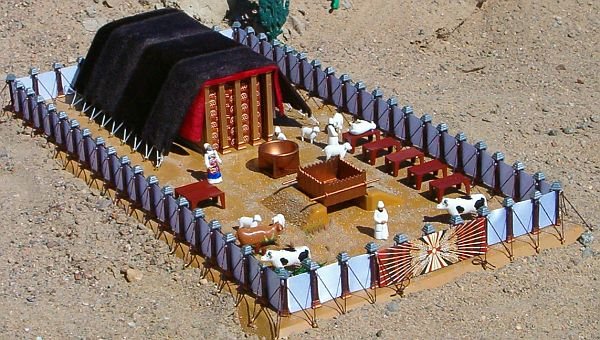Exodus 38:21, This is the sum of the Tabernacle. Compared to the gold and silver used in the temples of Solomon and Herod, the amounts listed here in the construction of the Mishkan (Tabernacle) of Moses are insignificant.
Both temples fell into enemy hands and were looted and destroyed. Not so with the mishkan. Additionally, the mishkan surpassed both temples in sanctity showing that YHVH places his presence not where there is wealth (or power, prestige, knowledge, acclaim, accolades, credentials), but where there is set-apartness and righteousness.
What are your heart motives, priorities and orientation for serving YHVH—for wanting to be a spiritual temple or tabernacle for him to dwell in? Are you seeking to be set-apart and righteous out of a sincere and humble heart or out of a desire for power, prestige, wealth and acclaim in your life and using “sanctification” as an outward facade to look good to others? In 1 Corinthians 1:26–29 we read,
For you see your calling, brethren, how that not many wise men after the flesh, not many mighty, not many noble, are called, but Elohim has chosen the foolish things of the world to confound the wise; and Elohim has chosen the weak things of the world to confound the things which are mighty; and base things of the world, and things which are despised, has Elohim chosen, yes, and things which are not, to bring to nought things that are: that no flesh should glory in his presence.




